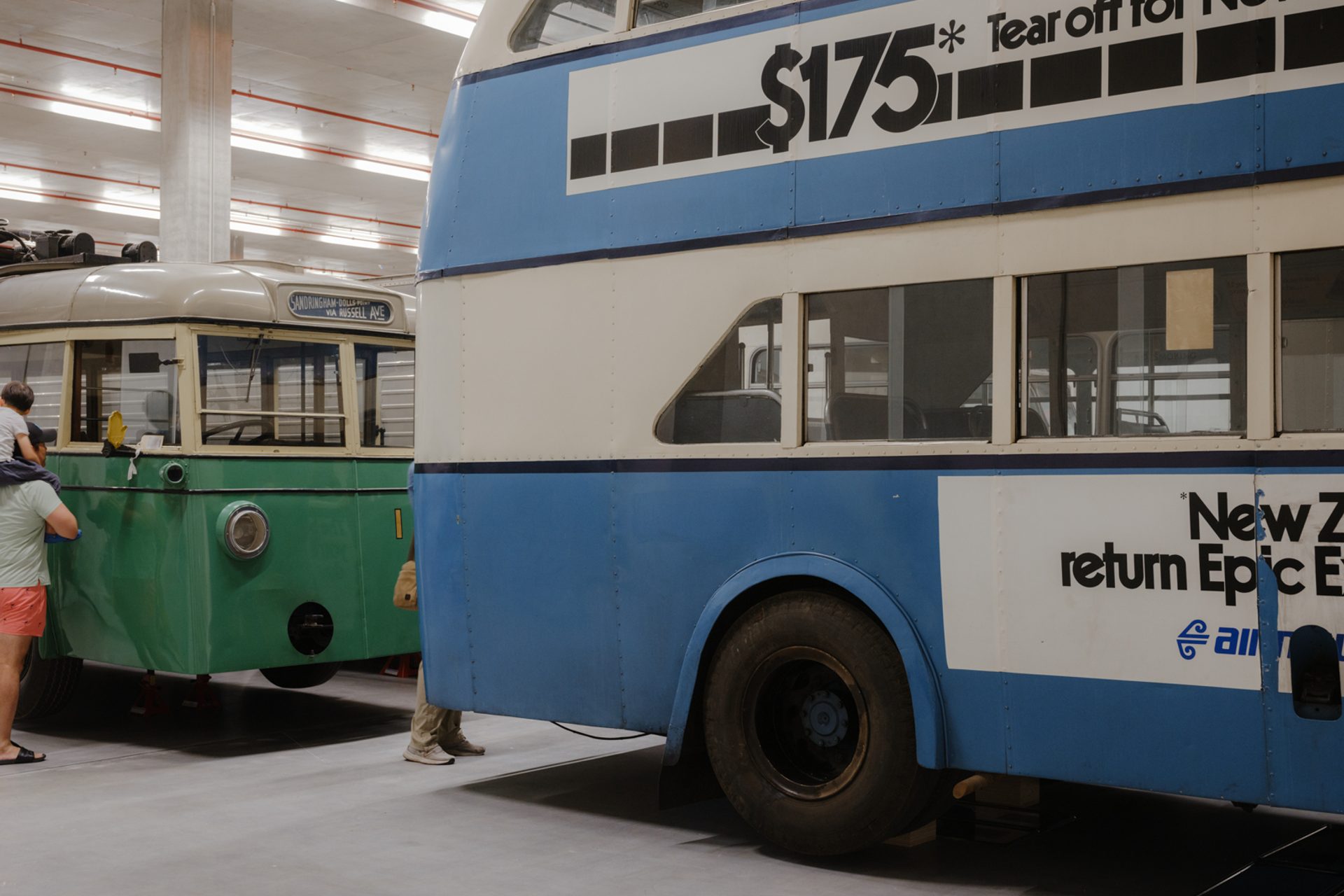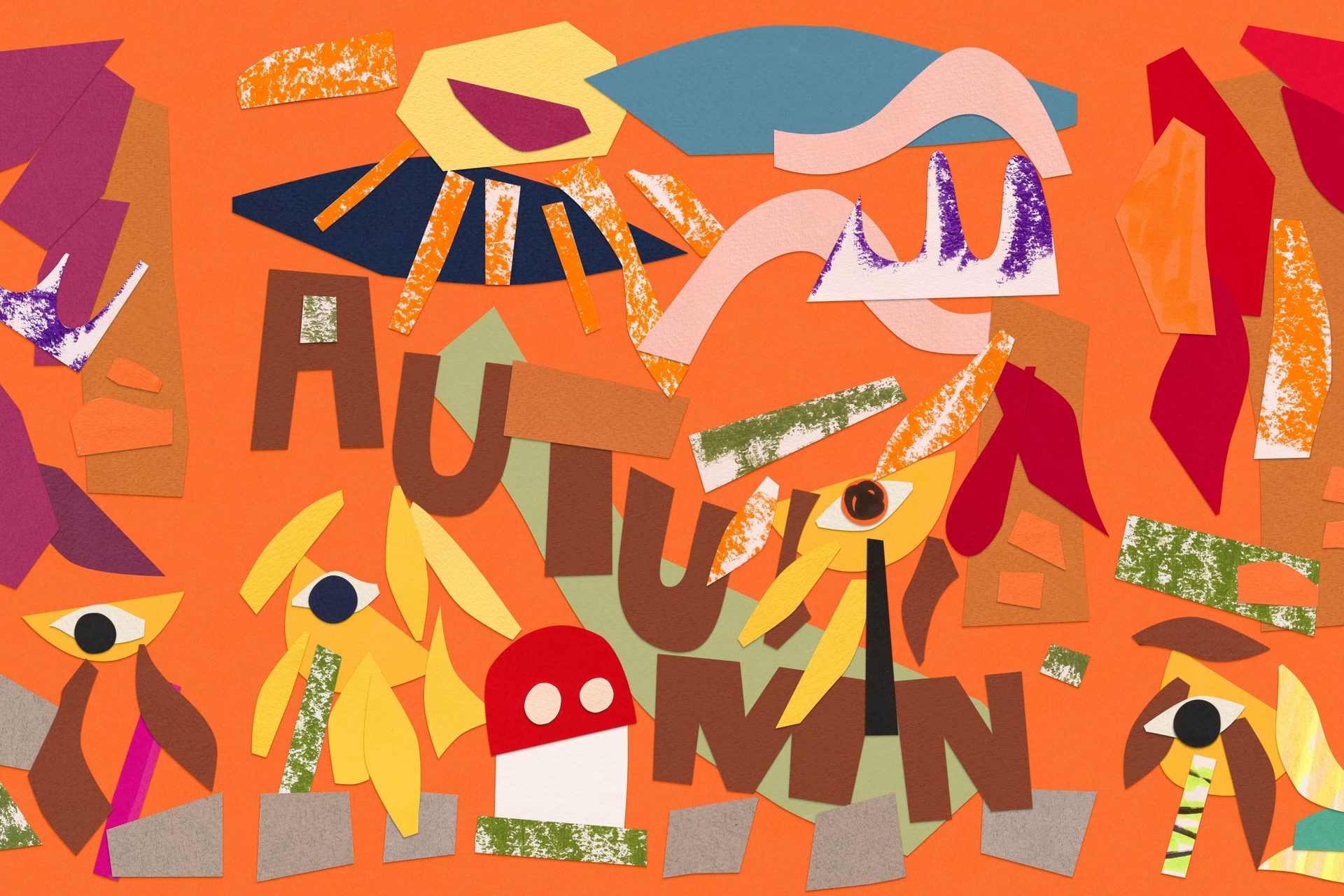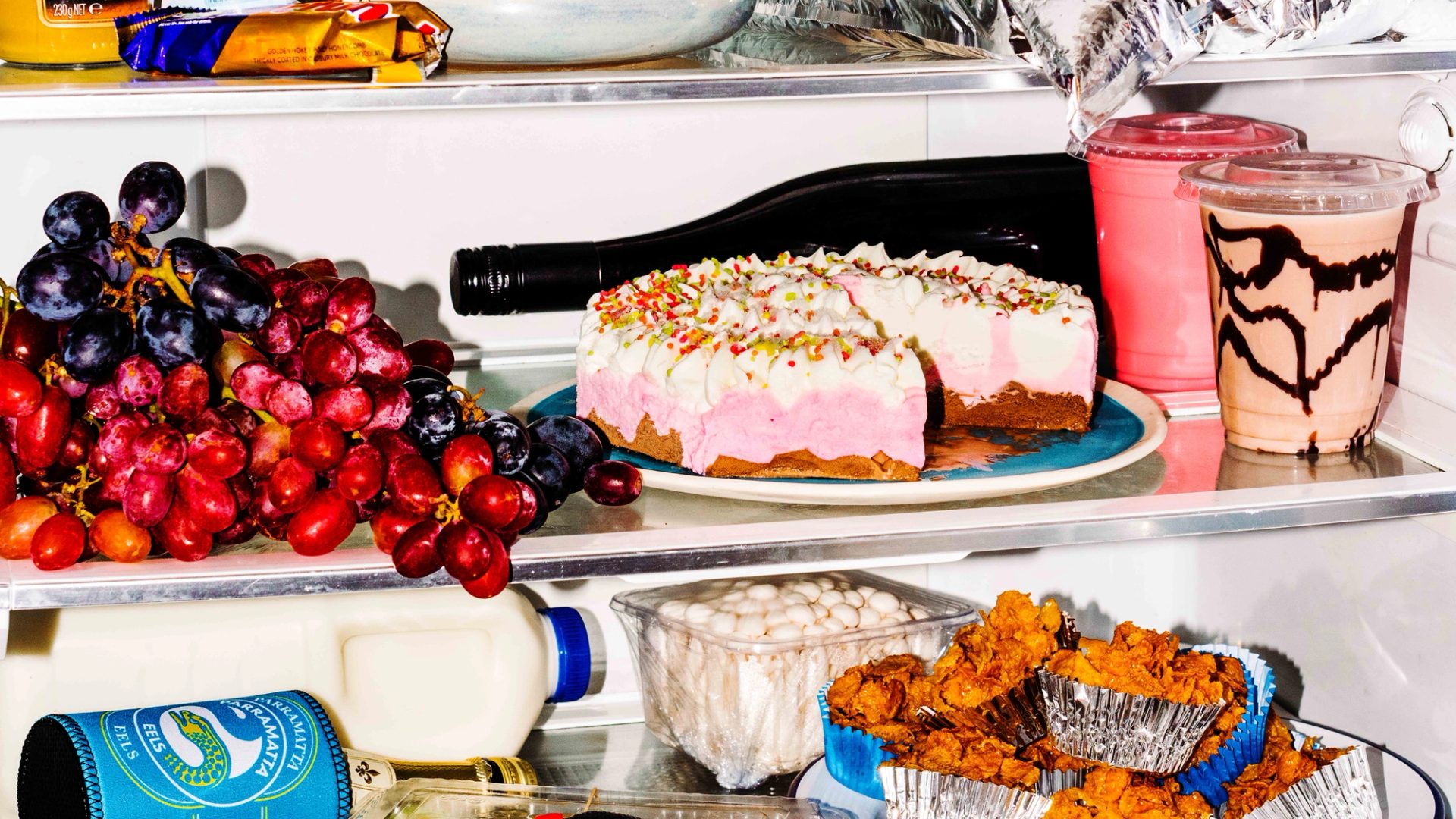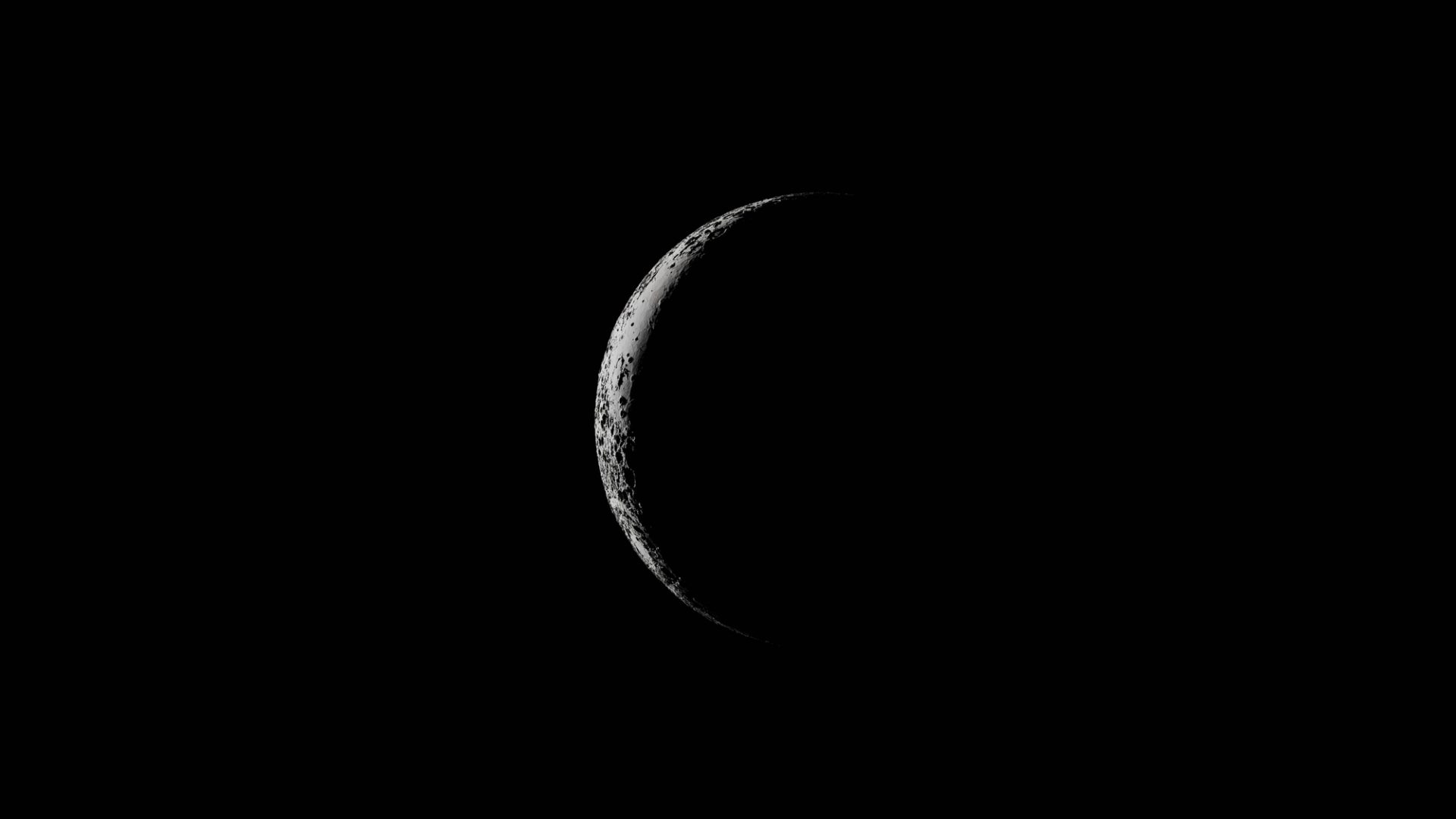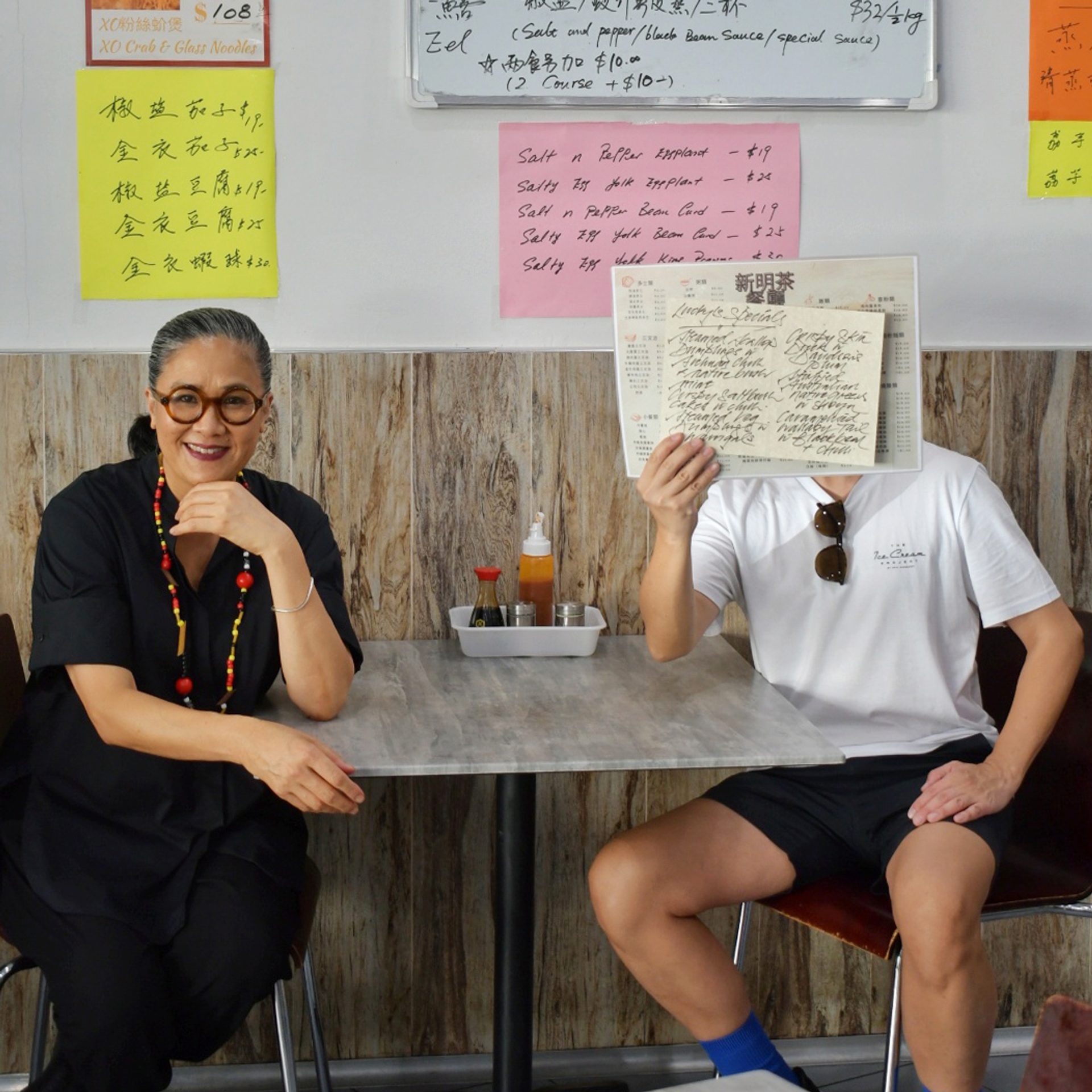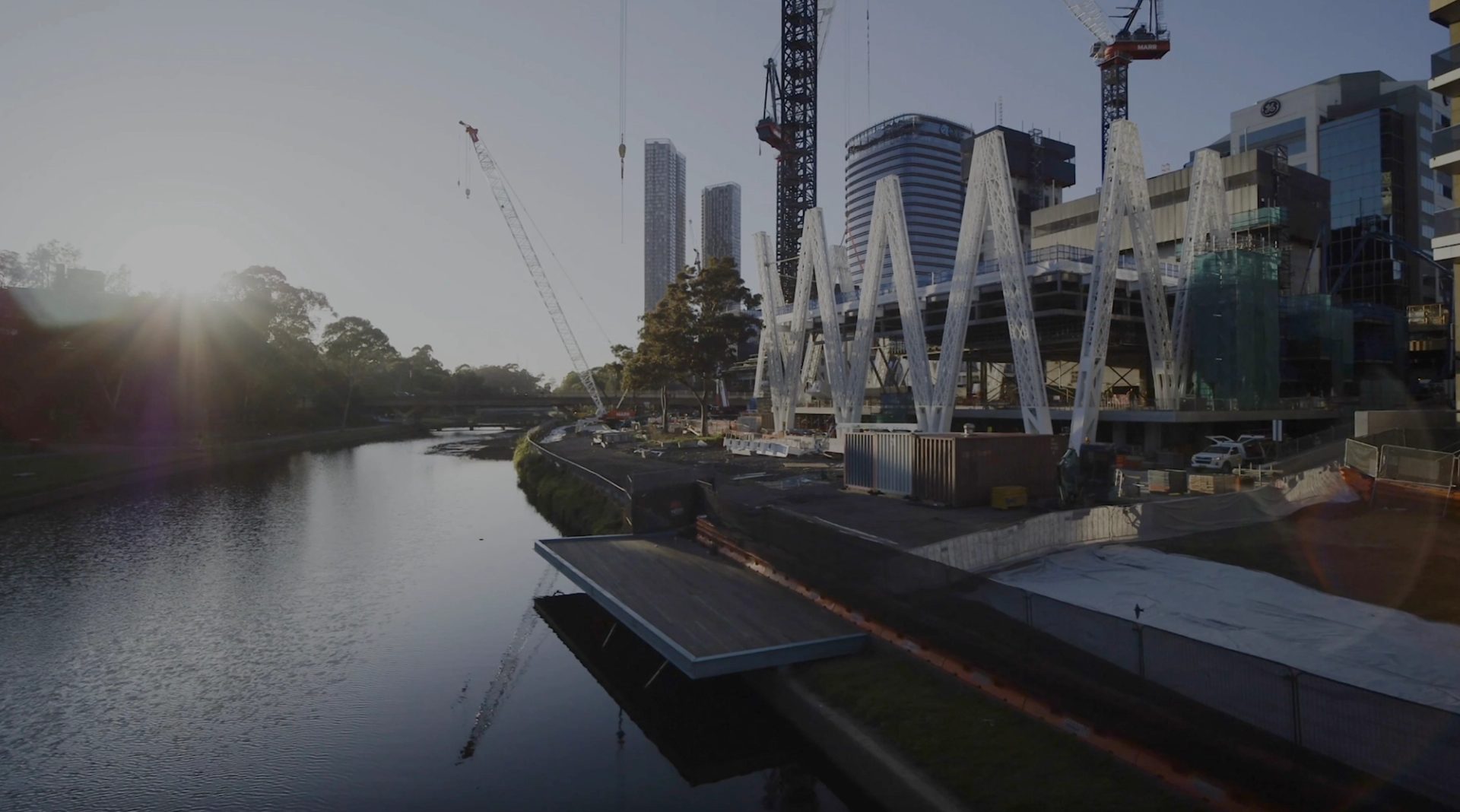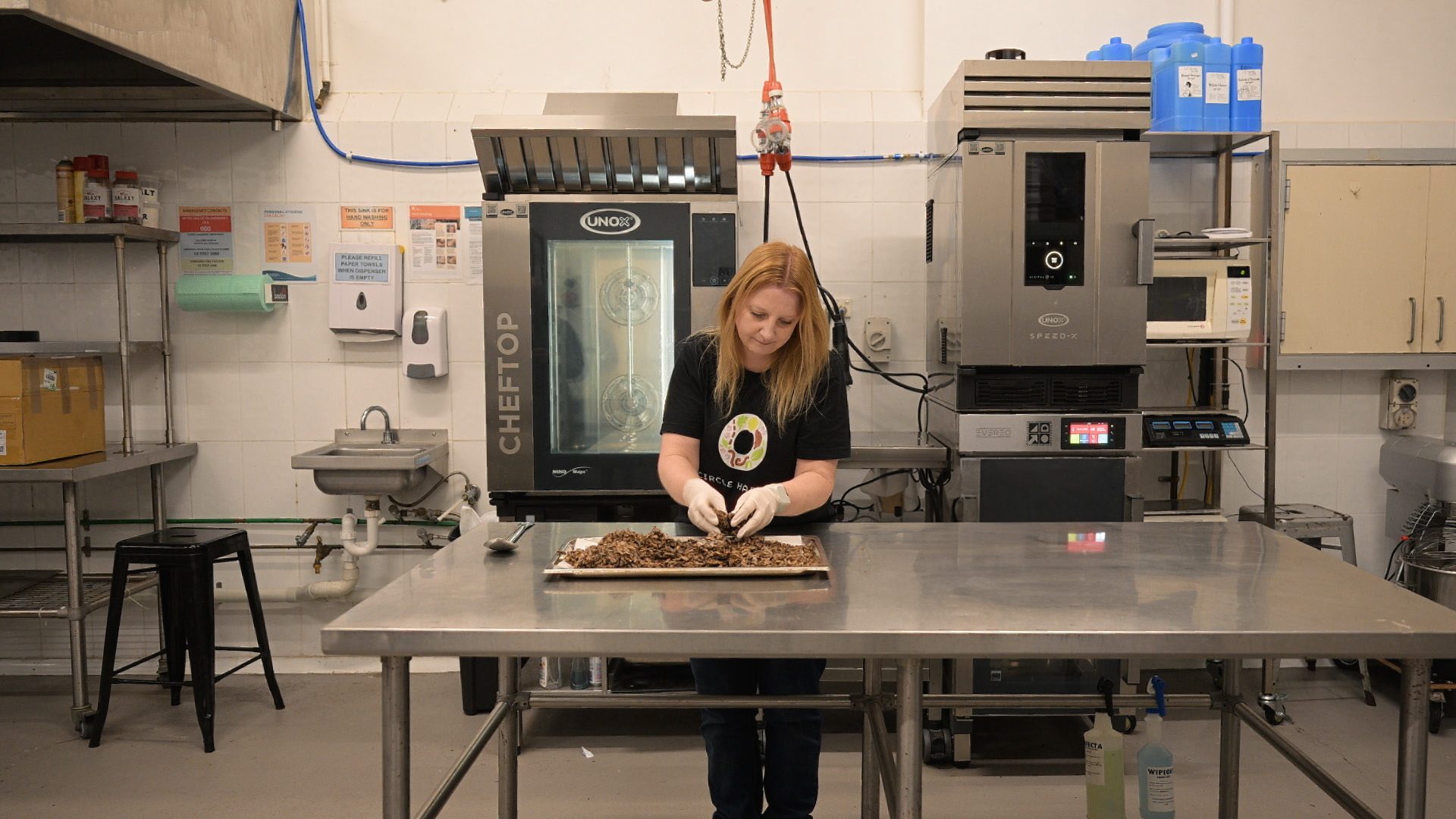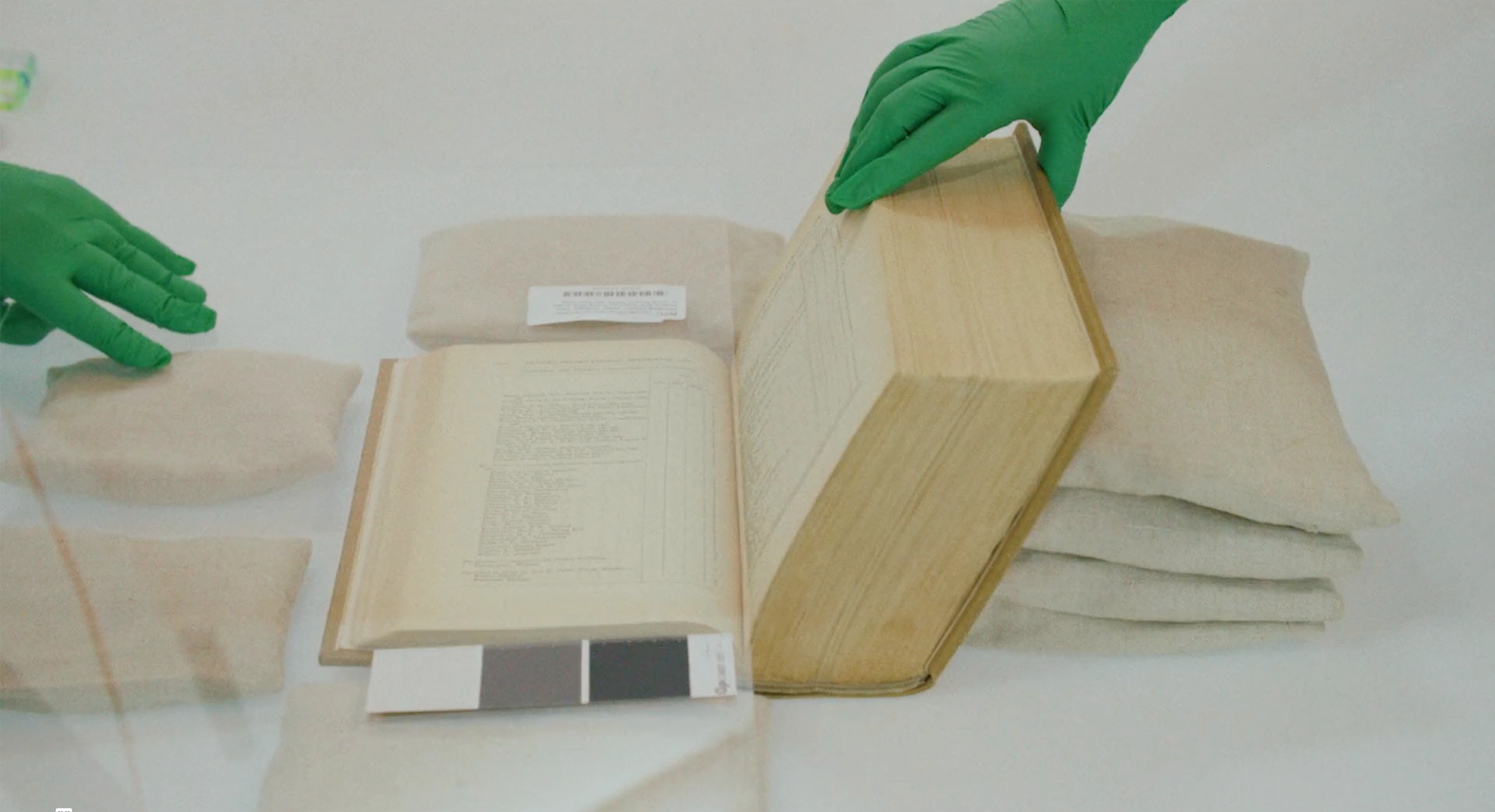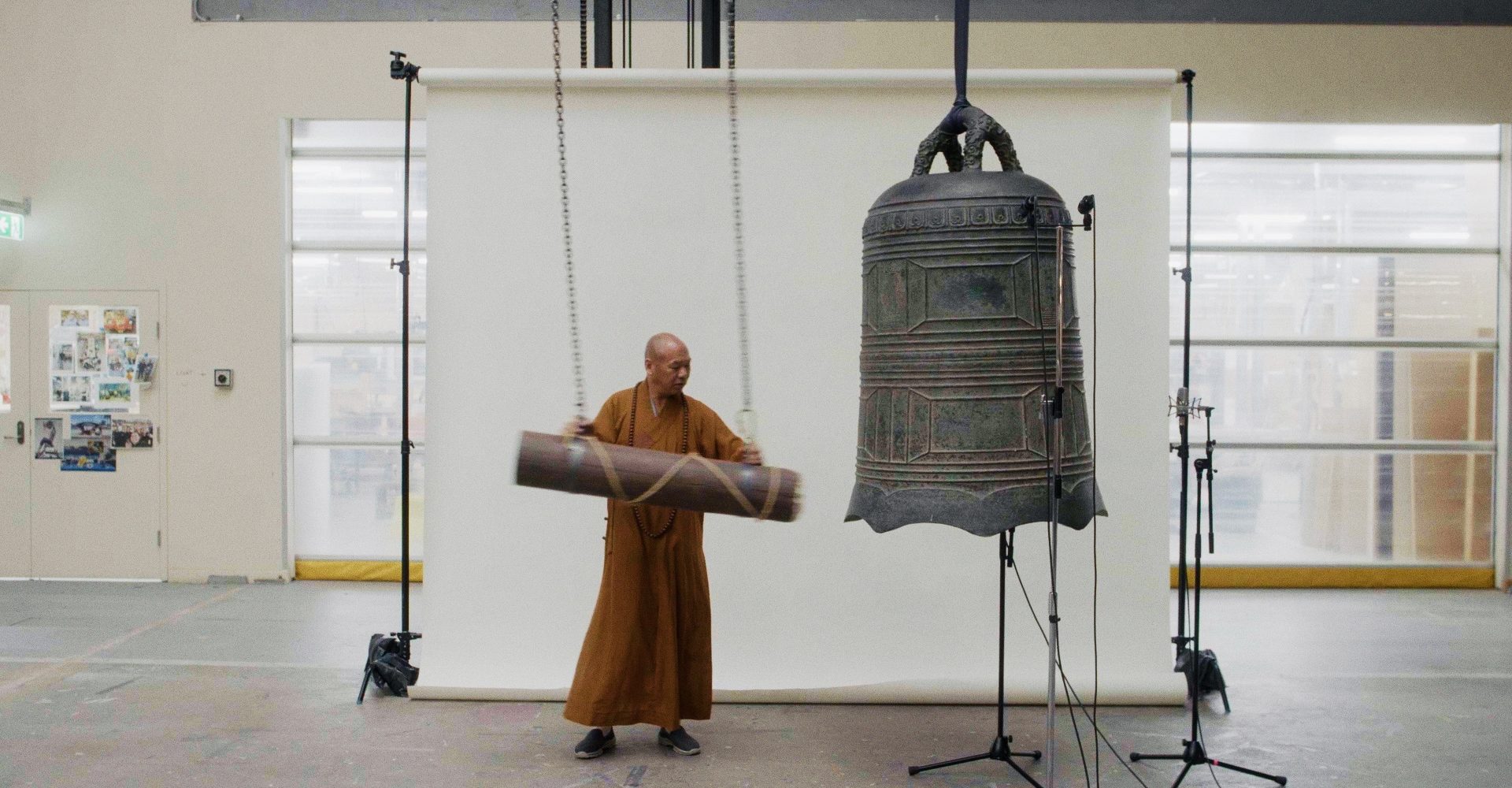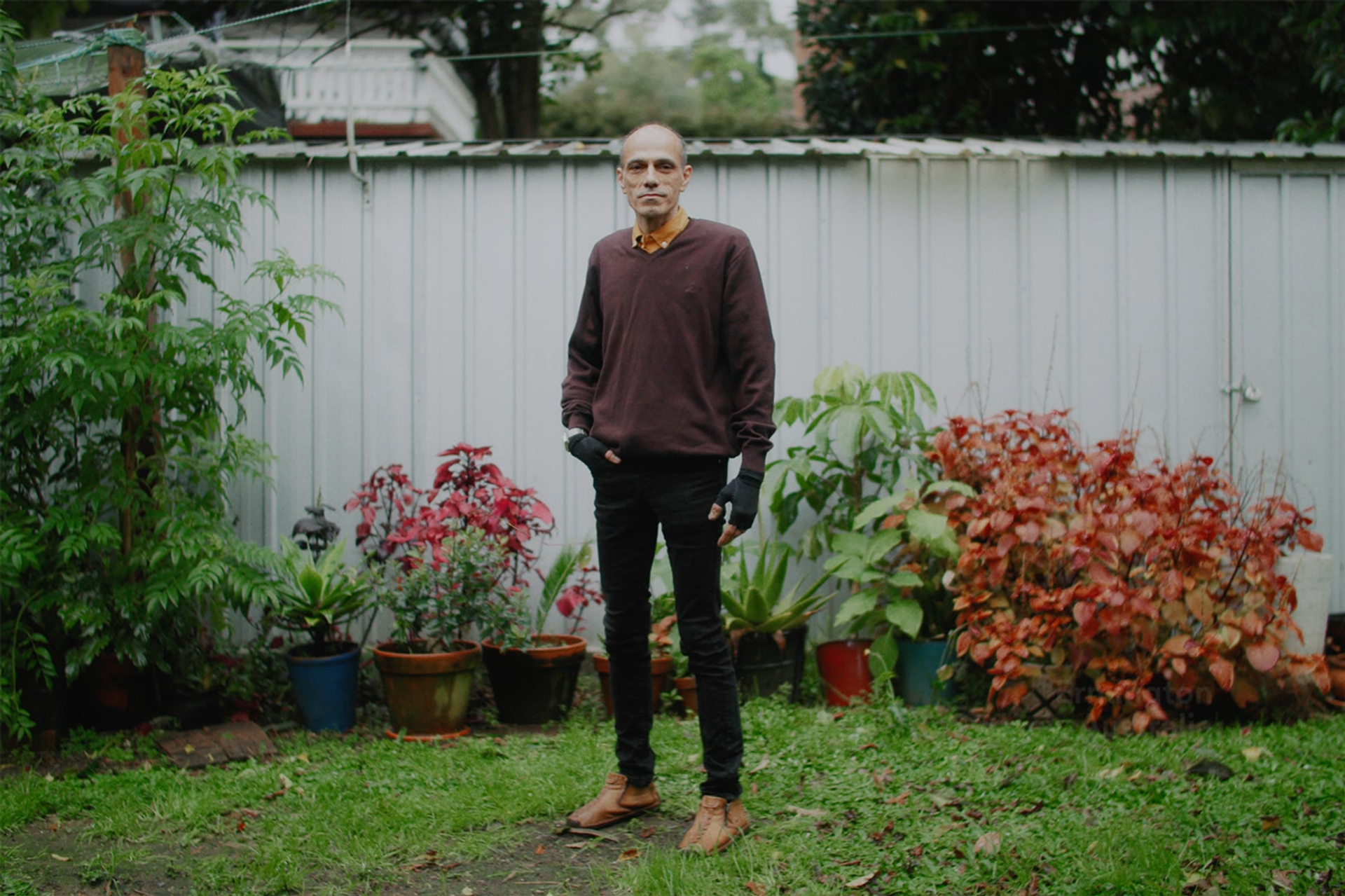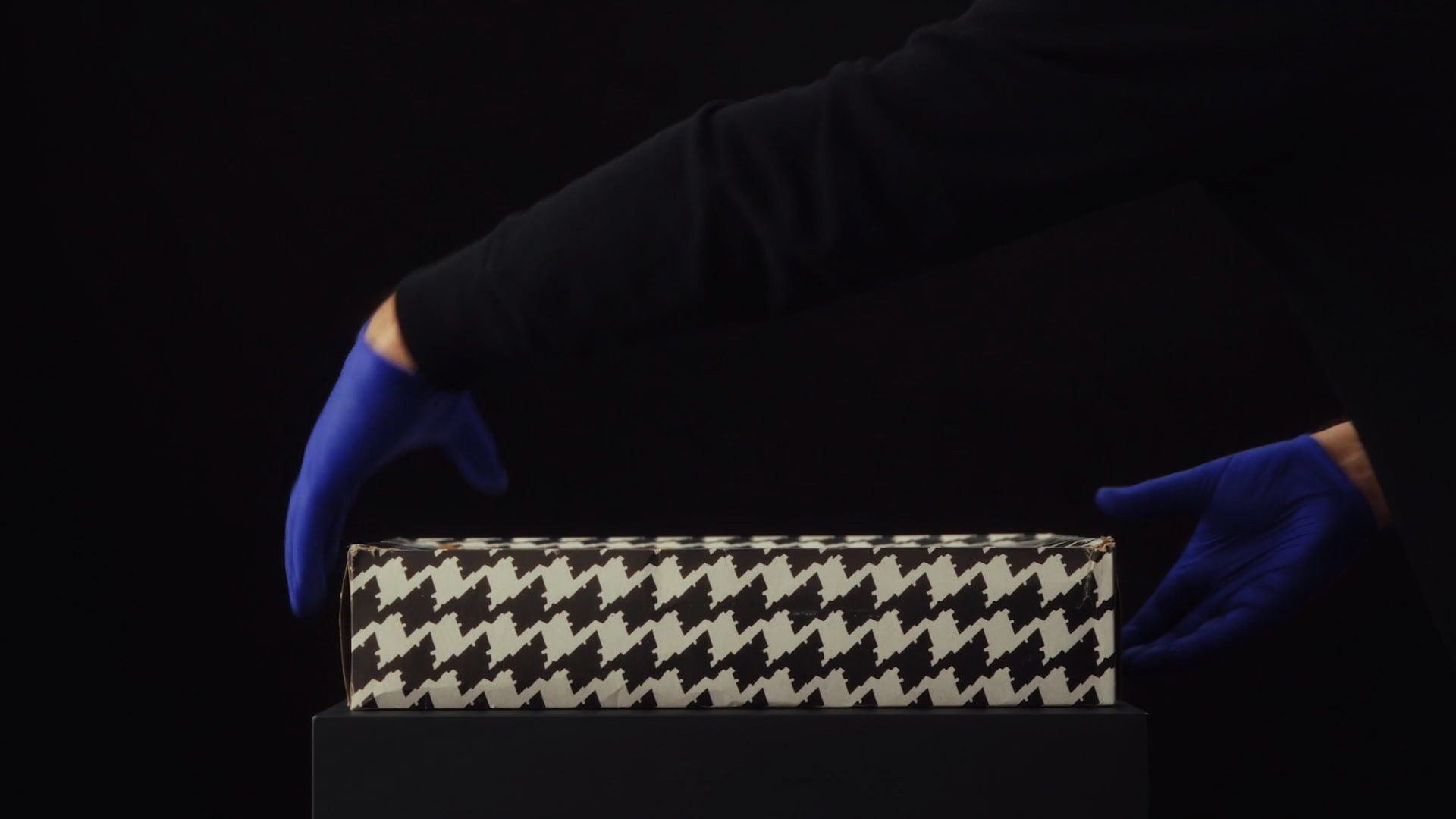Located in Sydney, Powerhouse Museum is the largest museum group in Australia. Powerhouse sits at the intersection of the arts, design, science and technology and plays a critical role in engaging communities with contemporary ideas and issues. It is custodian to more than half a million objects of national and international significance, and is considered one of the finest and most diverse collections in Australia.
Programs
Stay up to date
Be the first to know about Powerhouse news, programs, collaborations and opportunities.
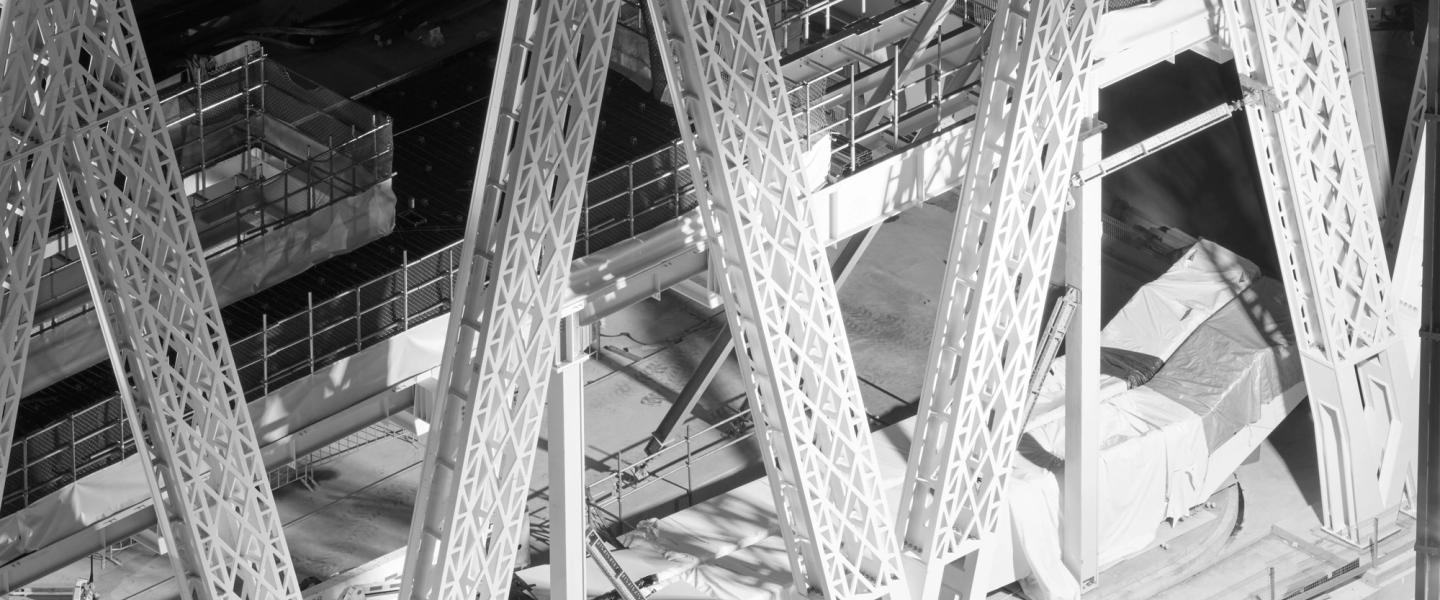
Four Locations Across Sydney
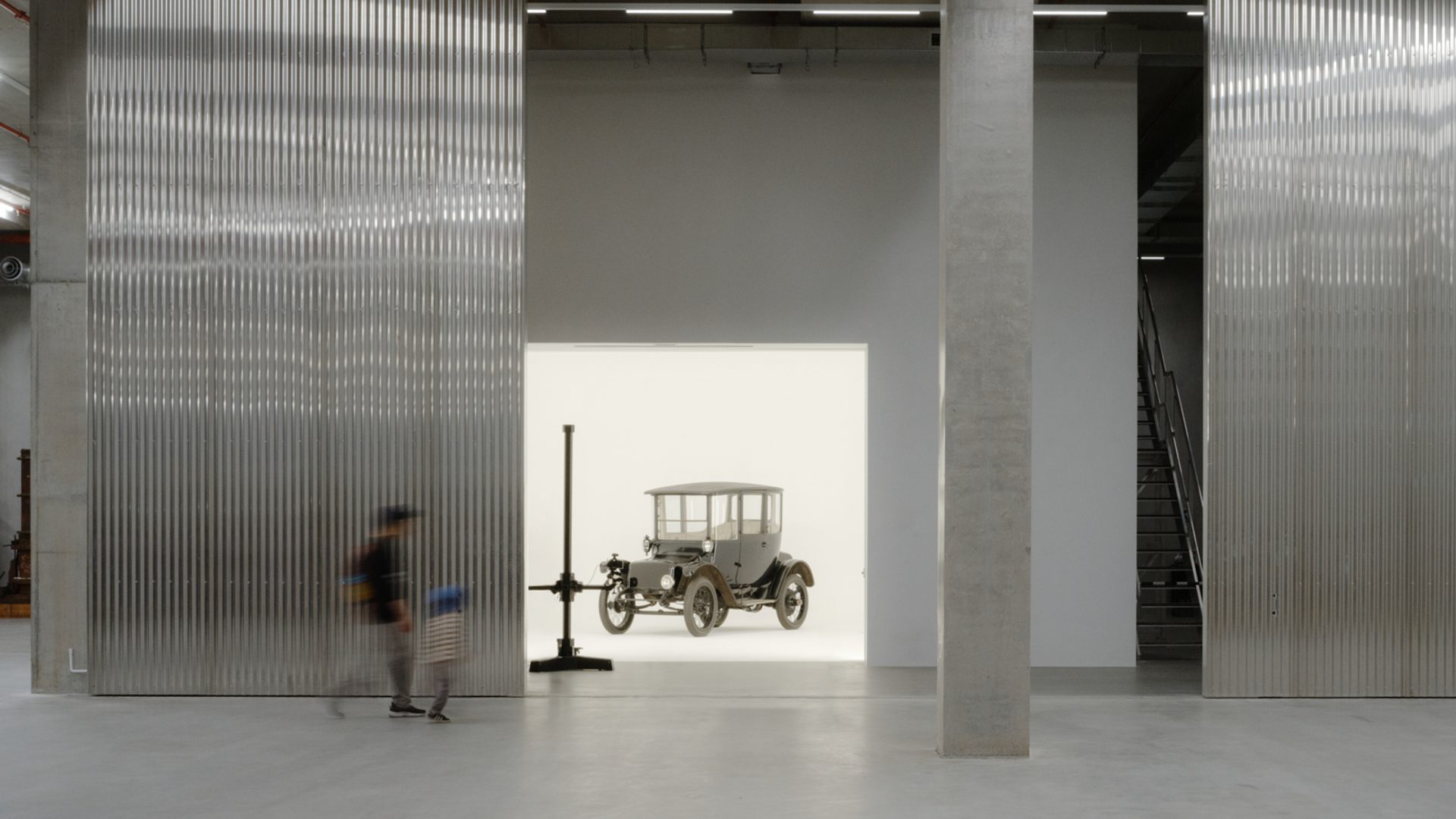
Powerhouse Castle Hill
Located on Dhurag land, a storehouse for the collection supporting research and conservation, presenting exhibitions and programs.
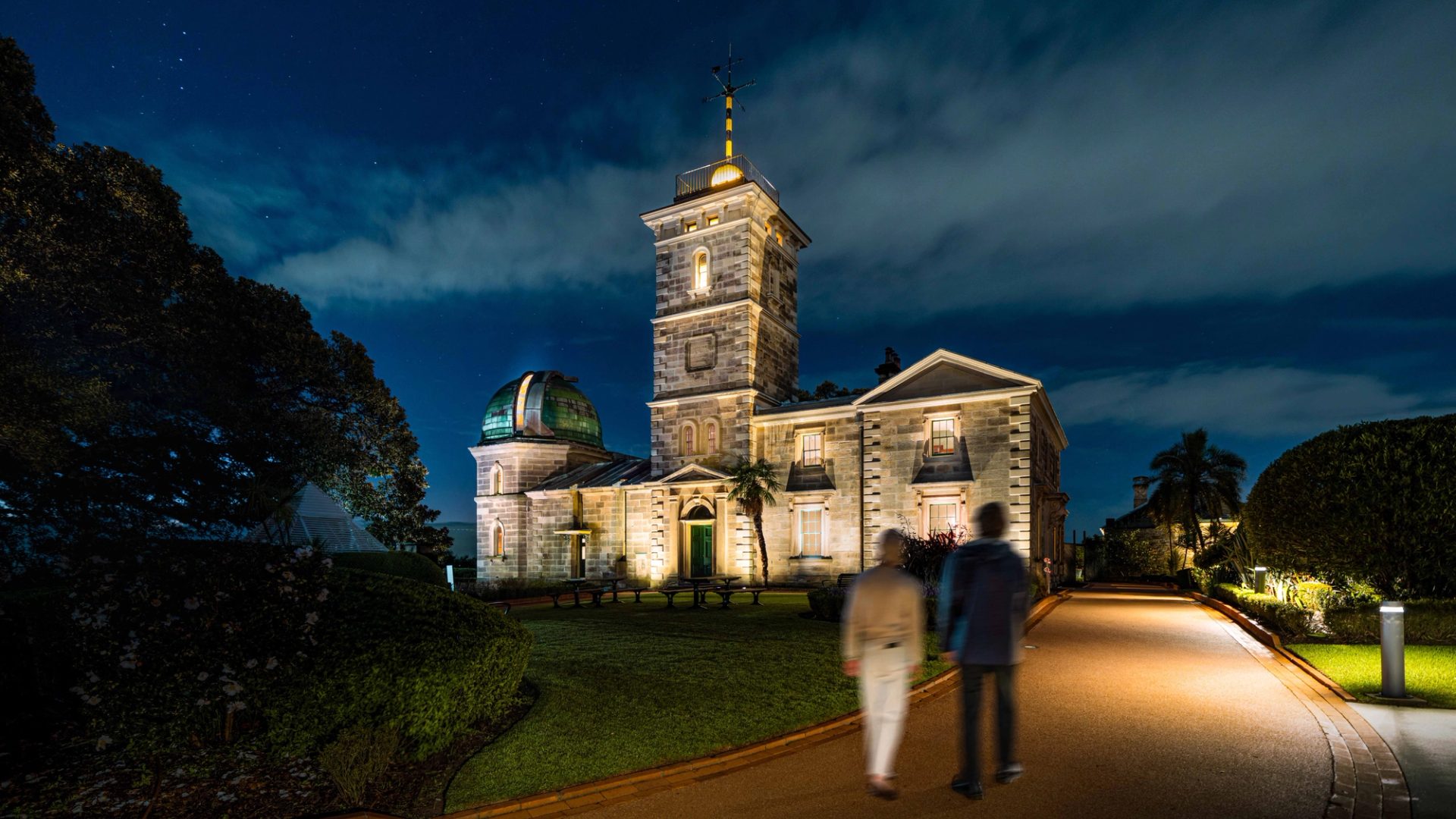
Sydney Observatory
Located on Gadigal land, a national place of connection and scientific research.
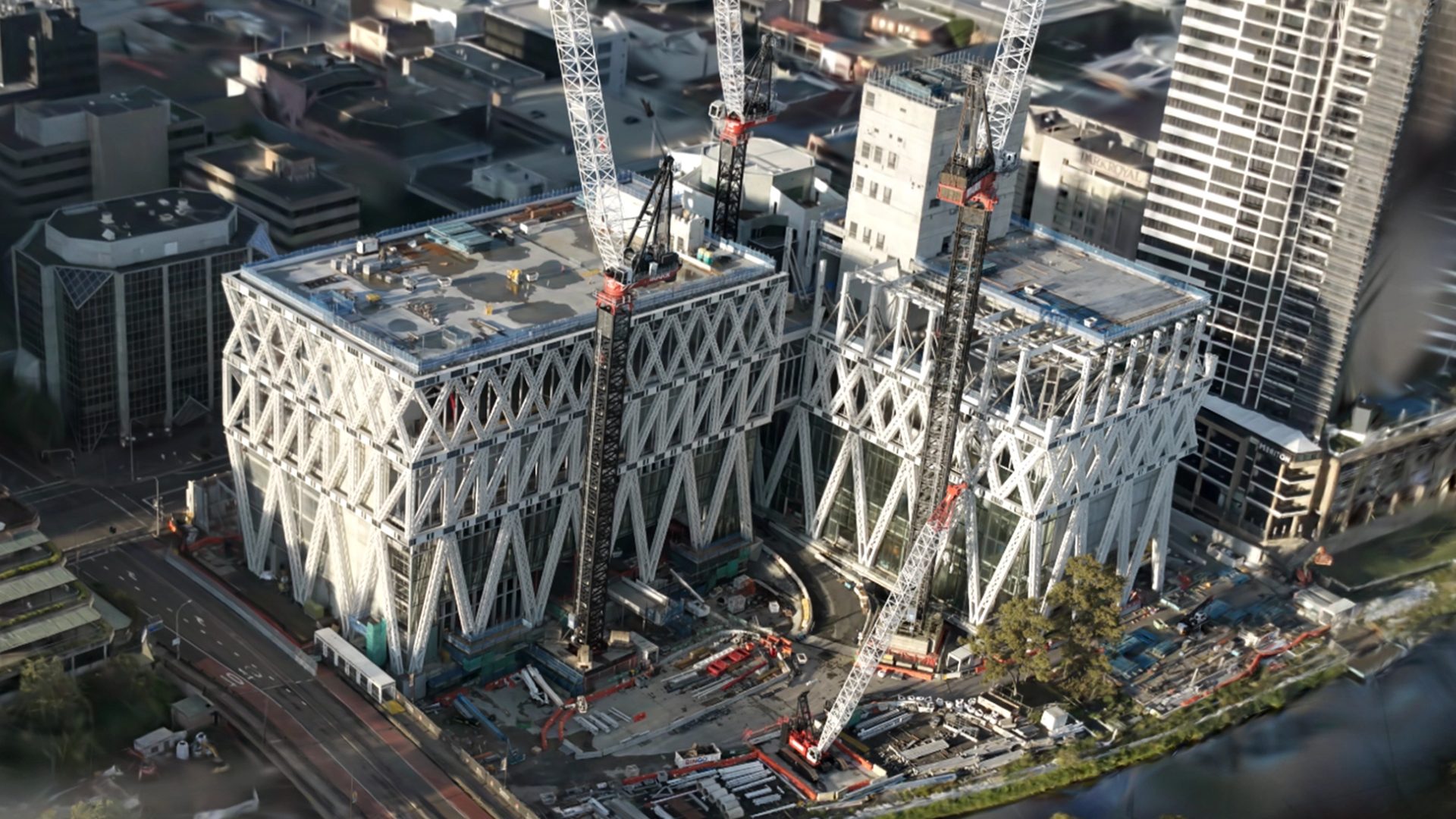
Powerhouse Parramatta
Located on Dharug land, Powerhouse Parramatta is one of the world's most significant new museum projects.

Powerhouse Ultimo
Located on Gadigal land, a museum of applied arts and sciences, currently undergoing heritage revitalisation.
Powerhouse Collection
Powerhouse is custodian to more than half a million objects of national and international significance. The Powerhouse Collection is considered one of the finest and most diverse collections in the world.
Since 2019, Powerhouse has been working on one of the world's largest digitisation projects to ensure our collection is more accessible to the community. More than 338,000 objects have been digitised to date and are now available to view online.






















